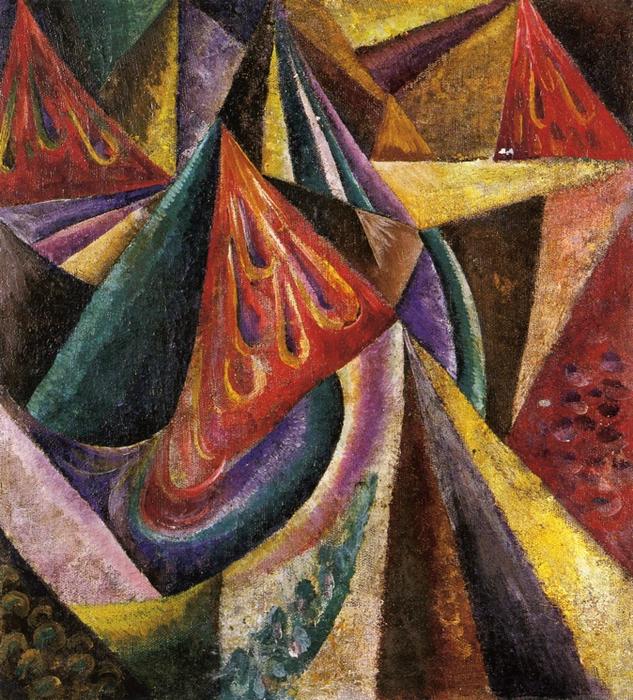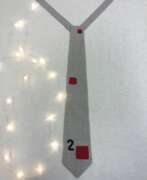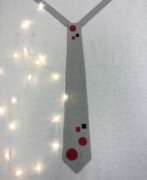Objectless art

Objectless art
Objectless art, a pioneering abstract movement, primarily owes its origin to Russian avant-garde artist Alexander Rodchenko. Renowned for his revolutionary approach, Rodchenko's work transcended traditional art forms, emphasizing geometric abstraction and dynamic composition to capture the ethos of modernity. His "Dance, an Objectless Composition" (1915) stands as a testament to his innovative spirit, presenting a purely abstract visual language that challenged the notion of art as a mere representation.
Rodchenko's objectless art is renowned for its absence of recognizable subjects, focusing instead on the interaction of basic shapes and colors to evoke a sense of motion and space. His contributions to Constructivism, particularly his collaboration with the publication LEF, showcased his commitment to integrating art with political revolution. Despite the censorship he faced later under Stalin's regime, Rodchenko's works, like "The Staircase" (1930), continued to reflect his distinctive style, combining stark perspectives with an acute sense of the social environment.
For art enthusiasts and collectors, Rodchenko's objectless art presents a realm where the artistic experience is not dictated by representational fidelity but by the interplay of form and color. His works, exhibited in prominent galleries, including The Museum of Modern Art in New York, invite viewers to a redefined understanding of visual aesthetics. To delve deeper into the world of objectless art and stay informed on exhibitions and sales featuring these avant-garde masterpieces, sign up for exclusive updates on this transformative art form.
| Country: | Russia, USSR (1922-1991) |
|---|---|
| Start of the period: | 1915 |
| End of the period: | 1925 |






